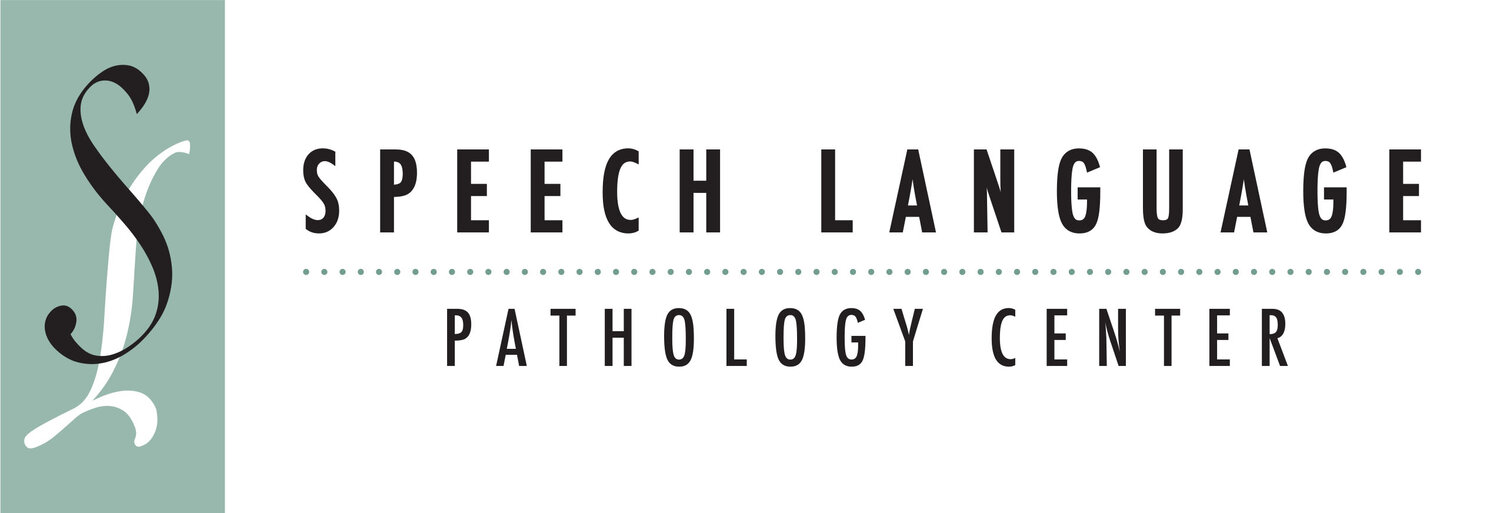Image via huffingtonpost.com
Many parents have trouble discerning whether their child is displaying typical behavior or when it's time to see a speech-language pathologist. If this is you, first know that you are not alone! The world of child development is big and sometimes confusing, which is why there are specialists to help you. Sometimes family members, doctors, or others encourage parents to "wait it out" if they are unsure whether to seek help. While this advice sometimes works, we always tell parents to seek help if they feel something is not "right" with their child; the earlier, the better! (For more information on why it's important to treat early, see this article by The National Early Childhood Technical Assistance Center.)
To help parents know when they might want to consider therapy for their child, we've come up with some lists of factors to consider. First in our series is feeding therapy. Read on for signs that your infant, toddler, or older child might benefit from feeding therapy:
1. Feeding has become a struggle
Feeding is a social activity and should begin that way from an early age! If feeding your child is a struggle due to food refusal or unwanted behaviors, and if it's an activity that you dread, it could be a sign of underlying issues.
2. Your child is a very picky eater
It is normal for some toddlers to be picky or quirky about food. If your child's food repertoire is growing smaller instead of larger, or if it has not grown in several months, he or she might have a deeper difficulty. The same goes for a child who tends to only eat foods of certain textures, temperatures, colors, etc.
3. Your infant is having difficulty transitioning
You may want to consider therapy if your baby is having trouble transitioning from bottle to pureed food, or from pureed food to more solid food. As a rule of thumb, babies are ready to eat pureed food at around 4-6 months and are ready for solid foods at around 10-12 months.
4. Your infant or child gags, chokes, or throws up nearly once a day
Although occasional gagging is not a concern, regular gagging may be a sign of sensory issues. Regular choking and vomiting could indicate difficulties with the motor movements needed for eating and drinking, or could be a sign of reflux.
We hope this post will serve as a resource for parents who are wondering whether to seek a feeding evaluation. Above all, if you feel something might be wrong, seek help for your child. To find out more information on feeding evaluations and therapy, clickhere. Thanks for reading! As always, for more information, visit us on our website orFacebook page.



